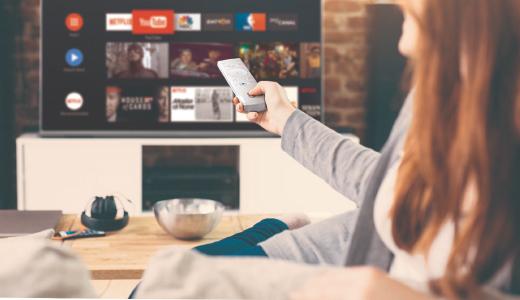
Anthony Smith-Chaigneau, Senior Director Product Marketing, NAGRA
In a landscape dominated by SVOD and OTT services, the big question for many pay-TV operators is: how can the traditional set-top box (STB) evolve?
And the question is urgent: operators no longer feel they have the time to methodically develop their STBs. In the digitally transformed landscape of continuous app updates, innovations must happen faster than ever before.
It must be noted that most innovation is now done at the head-end, with end devices being the interface or conduit to a whole range of value-added services (catch-up, start-over, nPVr and more). Speed of implementation is done at the UI-UX (HTML5) level, therefore any device must be capable of running the software efficiently.
Factors at play here include ownership (requiring internal engineering resources), complexity of product, the size of the business’ subscriber base and the type of content that forms part of the service.
Service in particular is crucial because it ultimately determines what the end-point device and any associated remote control must be. For example, a premium movie offer in Ultra HD would dictate device technical requirements. Most, if not all, mobile devices are not 4K capable and therefore an STB (or connected TV) plays an important role in that type of premium service.
An app can enable 4K streams, but the device the app runs on must also be capable of 4K, as should the screen where the video would appear.
Also, operator or SVOD apps sitting side-by-side on devices are fighting for consumer eyeballs. With most modern services there’s no lock-in, so churn is more readily enabled – something an operator wants to prevent.
Today, many operators want the best of both worlds, entering the OTT market while retaining users on their primary pay-TV platform. Take Sky Q, for example. It gives Sky proprietary ownership of the main device in the home and ensures brand visibility on the STB with more sophisticated features, but also enables its OTT platform Now TV to gain a presence on popular devices like Apple TV and Roku.
But for many, the prospect of giving up control of their STB to third parties is still undesirable. Remember, this doesn’t just apply to branding and image – it also means a loss of control over valuable viewing data. Plus, not having an STB in the home makes it that much easier to disconnect the service.
That said, for some operators, following customers onto connected devices is more important than retaining control over how they watch TV – even if it means greater risk of churn.
The willingness of some to outsource the development and maintenance of STB software points to a growing adoption of the platform-as-a-service model. And with capable platforms such as NAGRA’s Open TV Signature Edition, which can offer hardware and software options, operators now have the opportunity to license the necessary STB software to run a more sophisticated, modern pay-TV business. They also have the flexibility in the platform to allow a bring your own device (BYOD) option that may be appropriate for faster market penetration and TV everywhere adoption.
The reality is that most operators using STBs are, for good reason, reluctant to cede control of the in-home device and the pay-TV environment it supports. By owning the software, development and maintenance of the STB, operators can launch new hardware-software combinations, differentiate their service, and retain control of input one on the television set.
Let’s not forget that, for many consumers today, TV remains the dominant way they enjoy content. For operators, this means that providing an excellent experience through the set-top box remains an essential part of the business.
